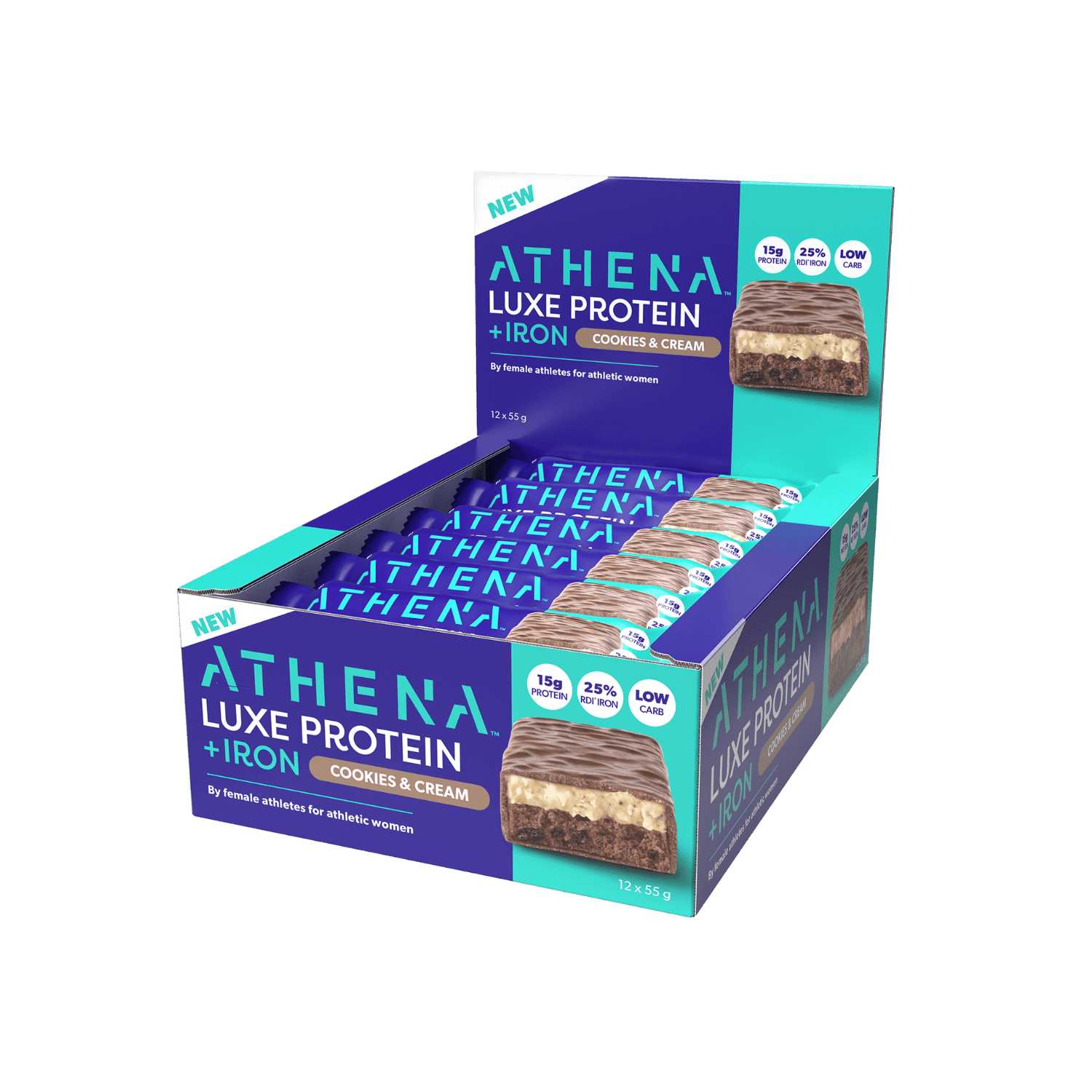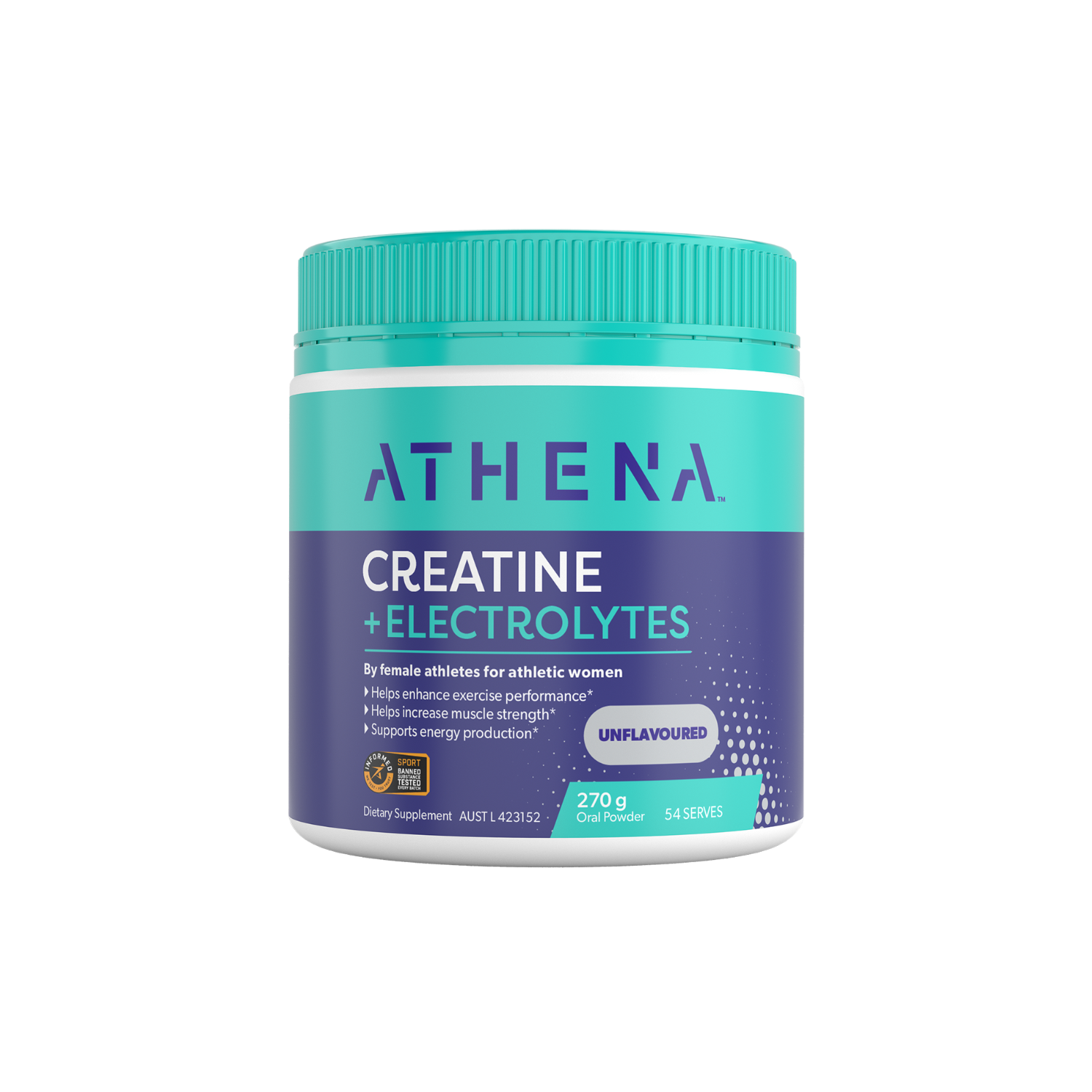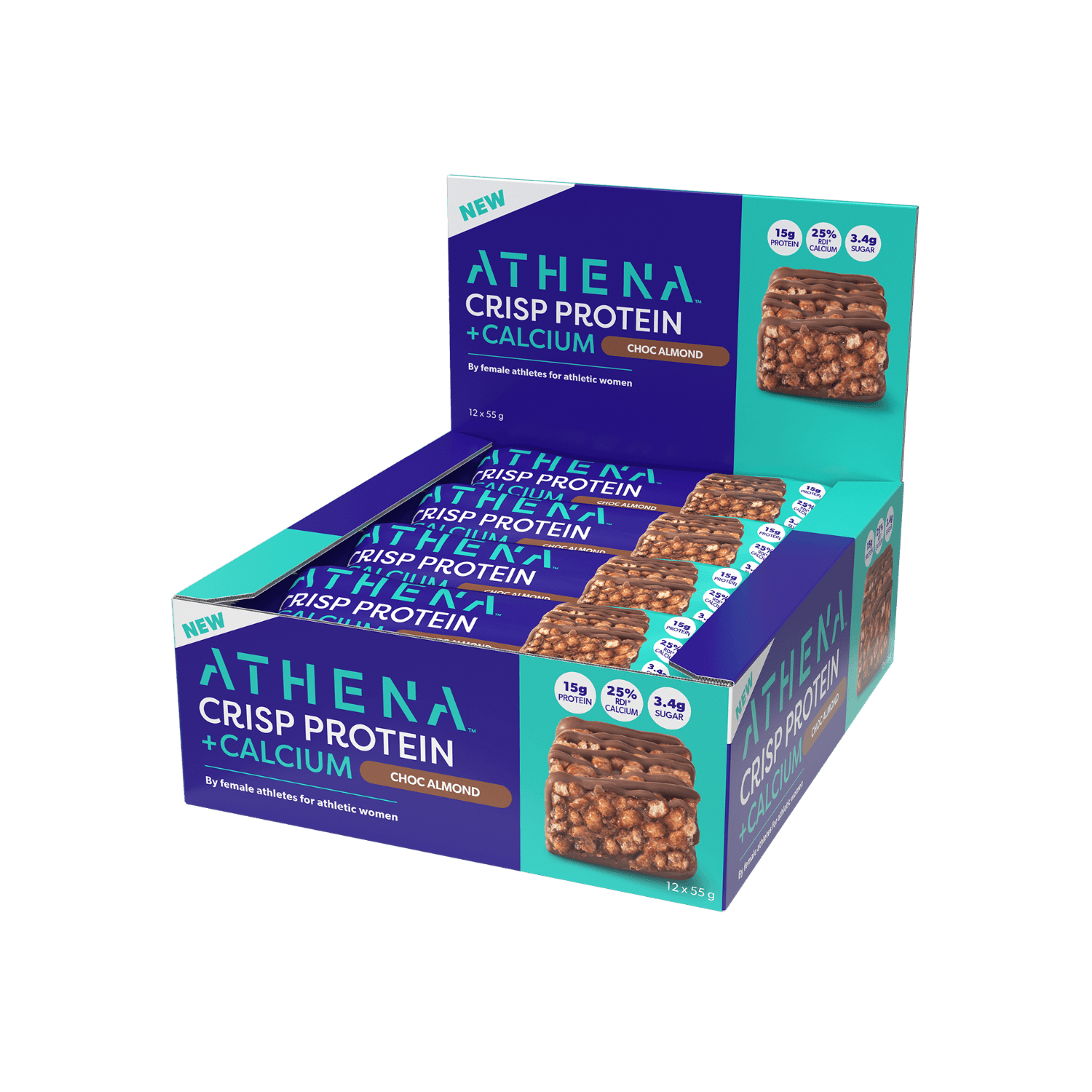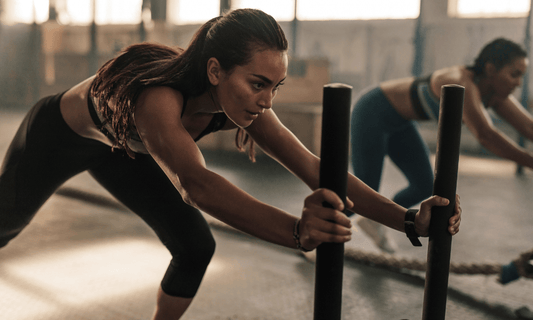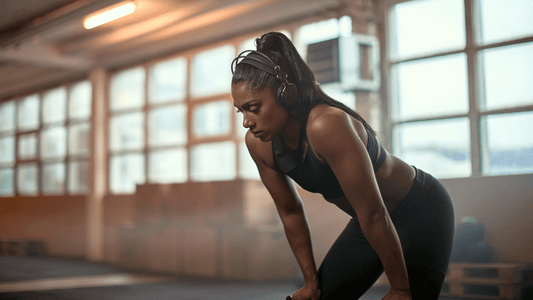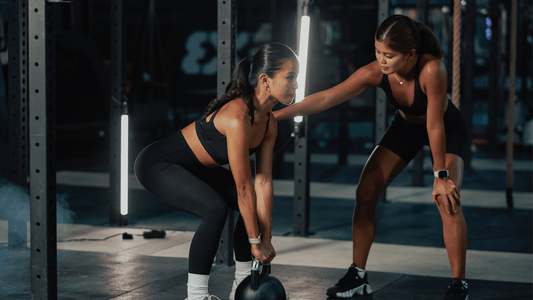50% of the athletes at the upcoming Olympic games will be female. There is more sport with female athletes now than ever before, yet female athletes are significantly underrepresented in the sports nutrition category, and under-represented in the research of performance science and therefore lack targeted support for their individual needs. Much of what we know about human performance has been determined on research and studies using male athletes. While some bodily functions may be consistent for men and women there are some significant differences in the make up of men and women that need to be better acknowledged and understood so we can more specifically support active females and female athletes.
Some of the key differences for active and athletic women are;
Size matters - Female athletes often have a different body composition compared to male athletes – often a smaller stature, lower weight and less total lean muscle mass than males. This suggests that the relative amounts and serving sizes of energy, caffeine and protein may need to be modified to suit the specific requirements of female athletes. So delivery of carbohydrate and protein is better managed with smaller serve sizes that are eaten more frequently, to efficiently deliver energy within a lower total daily energy budget and to support health and performance.
The Cycle Effect
Menstrual cycles and fluctuations in hormones can influence changes in carbohydrate metabolism, iron levels, fluid reabsorption, recovery, soreness, and gut function which may in turn impact how female athletes show up for training. This will require strategies to support rehydration, protein and iron delivery and avoiding food which may cause gut flare ups or discomfort. Knowing these areas are impacted provides a good starting point to offer areas to best support female athletes through hydration, protein, and iron delivery while we work toward the specifics how this shows up in performance outcomes. More research needs to be done to better understand the impact of female hormones and menstrual cycles on performance and training response. Gut - Females are more susceptible to gut issues and IBS, particularly with high levels of training as females have a slower transit time than males which may lead to greater gut discomfort. They also have a different microbiome make up to males which impacts digestion. Avoiding ingredients which may cause extra stress on the gut will help female athletes feel more confident to train effectively. Females have very different and individual lifestyle demands and physical goals. Having a better understanding of female needs and providing options to offer a range of ways to fuel and support training provides further specificity around how female athletes can support their training.





